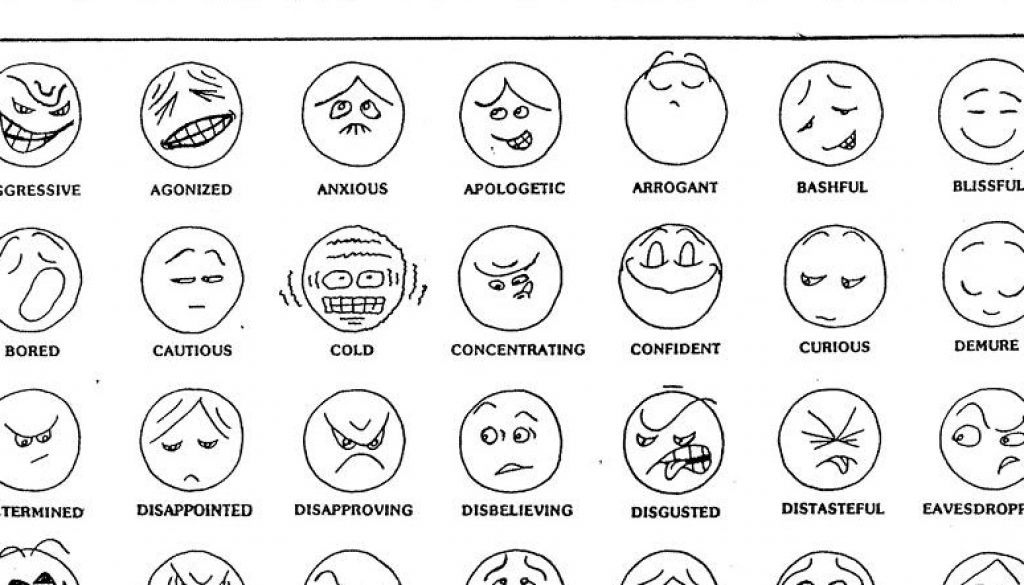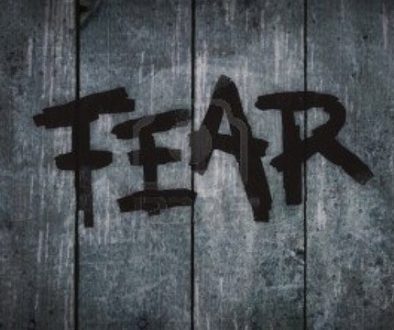Why Do We Have Feelings; By Jim Manske
Imagine it was your job to operate a complex piece of machinery, for example being the pilot of an aircraft. As the pilot, you have clarity on your role, and you have been well trained to perform it.
And then, imagine you volunteer to fly a new kind of an airplane as a test pilot. This new plane is considered to be the state of the art, with the capacity of efficiently whisking passengers and freight from one location to another with a single crew member, a pilot.
When you climb into the cockpit for your first training flight, you sit in the cockpit, strapped into your seat with a spectacular view out of the windscreen. Everything seems so sleek and modern. At first, the simplicity of the design stimulates excitement and you look forward to trying this new machine!
When you climb into the cockpit for your first training flight, you sit in the cockpit, strapped into your seat with a spectacular view out of the windscreen. Everything seems so sleek and modern. At first, the simplicity of the design stimulates excitement and you look forward to trying this new machine!
You see the various control systems, like familiar pedals and steering devices, lots of switches and knobs.
But, something is missing. There are no instruments, no display, not even a clock! You look for basic information like, “is there fuel in the tank?” or “which direction are we pointing toward.” You learn nothing.
But, something is missing. There are no instruments, no display, not even a clock! You look for basic information like, “is there fuel in the tank?” or “which direction are we pointing toward.” You learn nothing.
No doubt, you leave the cockpit and say, “I can’t fly this! There’s no feedback! There’s no information about the state of various systems required to operate a complex piece of machinery like this!”
——
Obviously, that’s not a workable scenario. To operate an airplane, or a car, or even a simple piece of machinery like a toaster, we need instruments that give us feedback about the state of the machine. Likewise with our bodies, we require information that lets us know the state of the organism that we inhabit. That’s the function of feelings.
——
Obviously, that’s not a workable scenario. To operate an airplane, or a car, or even a simple piece of machinery like a toaster, we need instruments that give us feedback about the state of the machine. Likewise with our bodies, we require information that lets us know the state of the organism that we inhabit. That’s the function of feelings.
Feelings (sensations and emotions) give us the information we need to manage our bodies and our relationships. The feelings of hunger or thirst let us know we need sustenance, and the feeling fullness lets us know we have had enough. Feeling uncomfortably stuffed lets us know we ate or drank more than our body could easily process.
Likewise, a feeling of loneliness tells us we are hungry for connection. Every feeling sends us a signal about the state of our needs. We need our feelings to address our Needs! Our Needs actually create our feelings! Our feelings may be influenced by the outside world, but the cause is inside us, our Needs.
Once we understand the reason that we have feelings, it becomes easier to own them. We come to understand that the sensations and emotions we generate exist to support us in sustaining our lives, and once we succeed in that, we can move toward thriving. We can learn to appreciate the full range of sensations and emotions we experience as human, grateful for the information they provide and the guidance they give us about our movement toward fulfilling our Needs.



